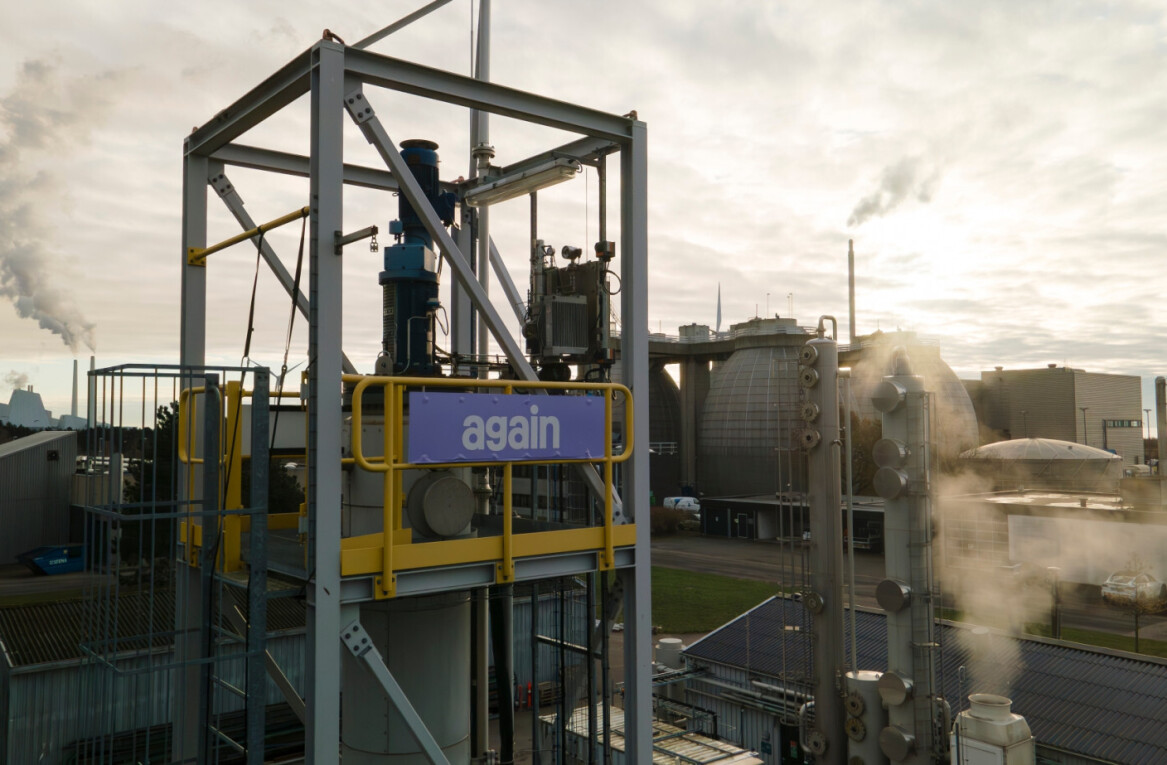
Dawn Aerospace is a small startup with big ambitions: to build the first vehicle to fly over 100 km above the Earth — twice in one day.
A couple of weeks back, the budding company — headquartered in the Netherlands and New Zealand — took a major step toward that goal. Its reusable, rocket-powered Mk-II Aurora aircraft reached speeds of Mach 0.92 (967 km/h) at altitudes over 15km.
While far from its eventual target, that is three times the speed and five times the height of its previous test, conducted last year. The startup has more flights scheduled for September, where it plans to blast past Mach 1 — the speed of sound. And it’s not stopping there.
By the end of 2025, Dawn wants its remote-controlled sub-orbital aircraft to climb faster than an F-15 fighter jet, fly higher than a MiG-25 supersonic reconnaissance plane (38km), and travel faster than an SR-71 Blackbird (3,540 km/h).
“Ultimately, [we want] to be the first vehicle to fly above the Kármán line — 100km altitude (the generally accepted definition of ‘space’), twice in a single day,” wrote Stefan Powell, one of Dawn’s founders, in a blog post. “Some of these records have stood for over 50 years.”
Dawn wants to enable cheaper, quicker access to space for orbital and hypersonic research, Earth observation, and transporting payloads above the Karman line. It plans to do this using a little suborbital aircraft and a relatively modest pot of private equity. The startup has spent just $10mn on the flight programme to date, and looks to complete it using just $20mn — pennies for an aerospace company.
An aircraft with the performance of a rocket
Planes have flown past the Karman line only a couple of times in history. The most notable was in 1963, when American Joseph Walker flew a rocket-powered X-15 to an altitude of 106km — and returned.
All other vehicles to fly that high have been rockets or spaceplanes. Spaceplanes are vehicles that can take off and land on runways, and fly in both the Earth’s atmosphere and in space.
Spaceplanes could prove a more cost-effective way to access space than rockets because they can be reused time and time again, just like a plane, but also fly beyond our atmosphere. A best of both worlds — at least in theory.
The first operational spaceplane, NASA’s space shuttle, entered service in 1981 but proved too costly, and not as reusable as first anticipated. Virgin Galactic’s SpaceShipTwo, a suborbital spaceplane designed for space tourism, came to a more dramatic end. In 2014, the plane broke up during its first crewed flight and crashed into the Mojave desert, killing the pilot.

To date, there have been hundreds of spaceplane concepts but nothing commercially viable. This is largely because most spaceplanes have been designed to take off and land like an aircraft but with all the associated costs and long development cycles of a rocket.
Dawn wants to flip the status quo on its head by building an aircraft with the performance of a rocket, but without the exorbitant costs.
Lean, mean R&D
rKiwi Stefan Powell and his brother James founded Dawn Aerospace in 2016 alongside Dutchman Jeroen Wink, and the two Germans Tobias Knop and Robert Werner. All of them, except for James, were rocket experts. But they decided to build a plane anyway.
“It was 2017. We could see SpaceX making fantastic progress retrofitting reusability into the first stage Falcon 9. But we didn’t want to follow that same path because of the extreme capital cost and lack of market opportunity until full performance is reached,” wrote Powell. “We didn’t have the deep pockets of Elon or our American VC-funded counterparts.”

Dawn will certify the Mk-II Aurora as a plane, not a rocket. This means they require a one-time licence to operate in nonexclusive airspace, rather than flight-specific licences that need to be obtained for every flight.
Flying as an aircraft also allows the startup to fail fast and build quickly. In this way, the company can take many small risks in quick succession, rather than all at once — contrary to the likes of SpaceX.
Dawn says it has gained strong commercial traction from organisations looking for a cheaper way to transport payloads to space to conduct everything from microgravity research to earth observation. It expects to launch the first payloads to moderate altitudes before the end of this year, and many more in 2025 and 2026.
Dawn’s lean approach to tech development stands out in an industry dominated by billionaire-funded startups and deep-pocketed governments. The company generates some additional revenue from its other business line, which builds low emissions propulsions systems for satellites. Nevertheless, it’s looking to do something quite remarkable given its limited cash runway.
Dawn’s ultimate vision is to build an orbital stage aircraft, dubbed Mk-III, that could transport satellites into low-Earth orbit, putting it in direct competition with SpaceX — but, perhaps, at a much lower price point.
Get the TNW newsletter
Get the most important tech news in your inbox each week.




